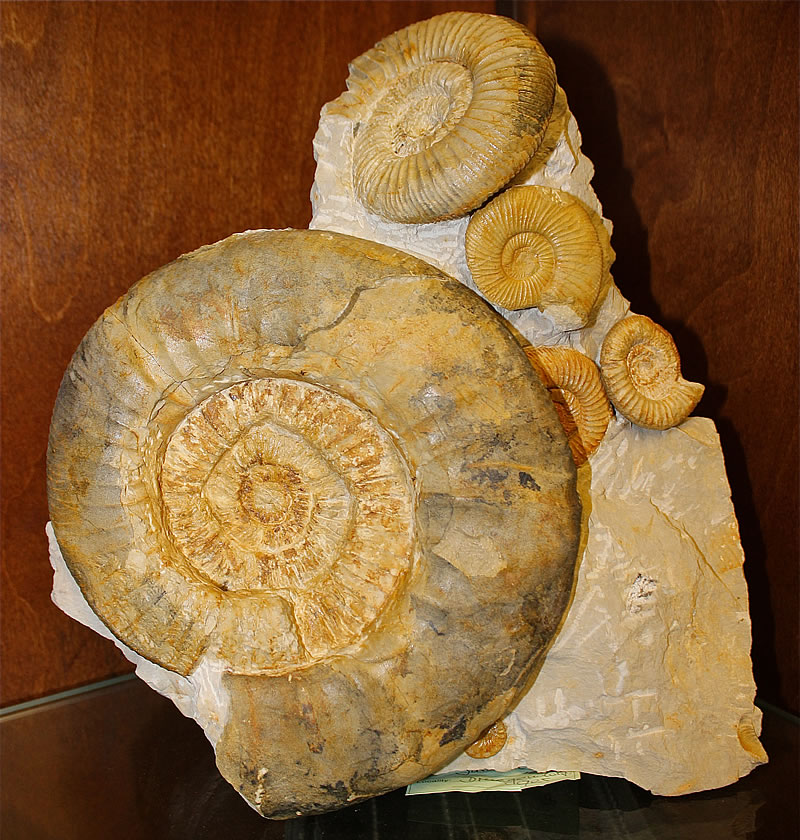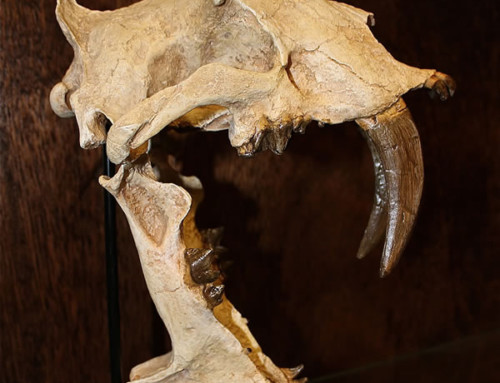Project Description
Named for the Greek/Egytian god Amun, who typically wore ram’s horns on his head. The curling structure of the Ammonite shell resembles a ram’s horn, and was described as such by the ancient Roman natural philosopher Pliny the Elder. In the Middle Ages, people mistook the spiral shells for petrified coiled snakes, and called them “snakestones” or “serpentstones.” Ammonites were prolific for so long, their various evolved species are used by paleontologists as index fossils to date geologic time periods.






